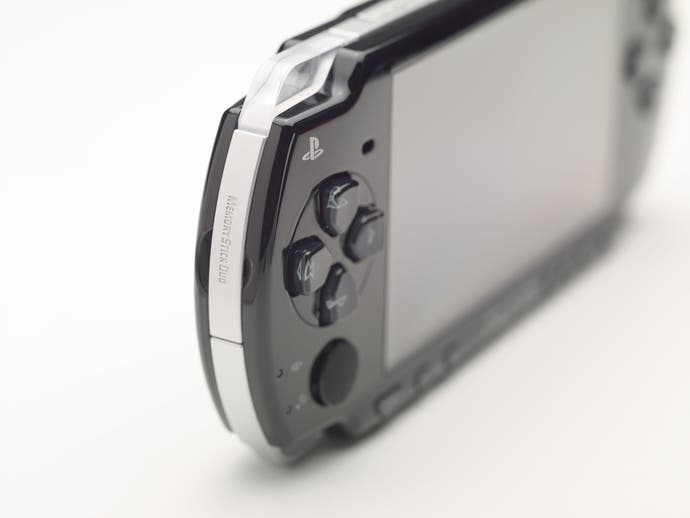Hardware Test: PSP Slim & Lite
A new dawn, or a better old dawn?
Aside from minor tweakings to the motherboard and abortive anti-piracy updates, Sony's PSP hardware has thus far remained pretty much unchanged since its debut in December 2004. However, the recent release of the PSP Slim and Lite - or PSP-2000 to give it its technical name - is Sony's latest, and perhaps last throw of the dice as it seeks to catch up on the runaway success of Nintendo's DS portable.
PSP Slim? Really?
At first glance, the unit looks virtually identical to the launch model, but feels considerably lighter, and so it is - 30 per cent less hefty, according to Sony.
However, side by side with the original, perceptually there doesn't seem to be a massive reduction in the overall dimensions of the machine despite claims that it is 20 per cent thinner. What appears to be the case is that the PSP-1000's 'handles' on the reverse have been eliminated, with the back of the new handheld being completely flat. This is great for bulk reduction claims in press releases, not quite so useful in actually keeping a hold of the console during gameplay.
Additionally, the older unit's matt, scratch-resistant rear plastics have given way to yet more of the glossy, fingerprint-attracting materials that have historically made the PSP such a pain in the arse to keep clean.
Design Improvements?

Also obvious is that PSP-2000's UMD tray is considerably less substantial than its predecessor's, and the internal circuitry is far more exposed when the tray is open. The spring-loaded UMD release button has also been jettisoned in favour of prying open the tray using your fingers. It works just fine, but again feels a touch cheaper and flimsier than the original model, and lacks the indestructible feel inherent in the solid, child-friendly build quality found in Nintendo's handhelds.
Other than that, it's pretty much business as usual. The never-used infra-red sensor of the original PSP has gone - no big deal there - while the memory card slot and WLAN switch have been relocated to the left side, and top respectively.
More importantly from a gameplay perspective, hiding behind the headline changes to the PSP, the new model features a redesigned d-pad and button mount assembly, which both offer substantial improvements over the launch unit. Response is massively improved on the digital controller, to the point where Street Fighter Alpha 3 is actually playable now.








